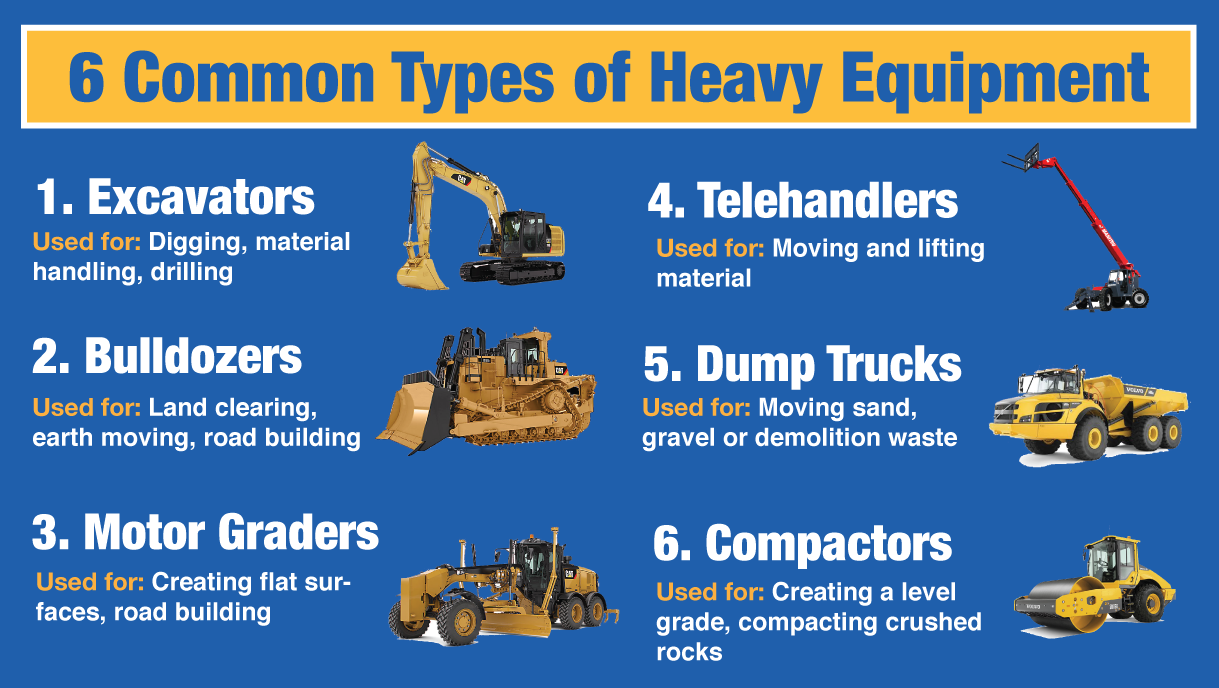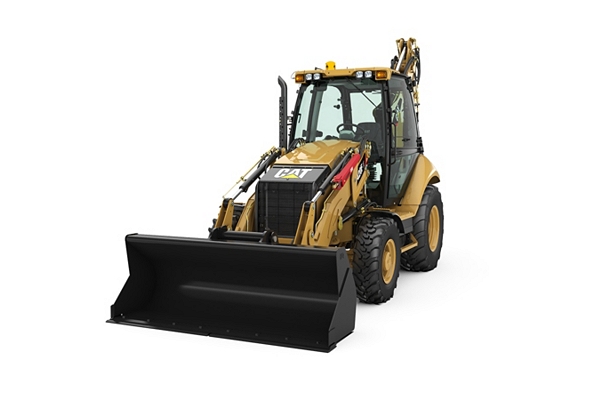Renting Vs. Purchasing Building Tools: Making the Right Option for Your Task
When getting started on a construction job, one of the important decisions that forecast stakeholders and supervisors encounter is whether to buy or lease building devices. The decision pivots on different aspects such as expense factors to consider, job period, devices maintenance, risk, versatility, and scalability management.
Cost Factors To Consider
When evaluating the monetary aspect of purchasing versus leasing building and construction tools, the ahead of time prices and lasting costs need to be meticulously thought about. Renting devices commonly requires reduced first repayments contrasted to purchasing, making it an appealing option for short-term jobs or service providers with budget restraints. Renting out gets rid of the need for large resources expenses and reduces the financial risk connected with devices possession, such as upkeep and depreciation costs. Nonetheless, in the future, consistently renting out tools can gather higher prices than purchasing, specifically for extensive jobs.
On the other hand, purchasing building tools includes higher in advance prices yet can result in lasting financial savings, especially for regular customers or long-term projects. Inevitably, the decision in between purchasing and renting out building and construction tools hinges on the task's period, frequency of usage, budget factors to consider, and lasting financial goals.
Job Period

Conversely, for long-term tasks or ongoing building work, purchasing equipment could be the much more cost-effective option. Acquiring equipment can lead to cost financial savings over time, especially if the devices will certainly be frequently utilized. Furthermore, possessing devices supplies a sense of control over its schedule and permits for personalization to fit certain project requirements.

Equipment Upkeep
Offered the crucial function job period plays in determining the most cost-effective strategy in between leasing and purchasing building and construction equipment, the emphasis currently shifts towards analyzing the necessary facet of tools upkeep. On the various other hand, possessing tools requires a positive approach to maintenance to prevent failures, make sure safety and security, and expand the equipment's lifespan. Ultimately, a well-kept building devices fleet, whether rented or owned, is essential for the successful and effective conclusion of construction projects.
Versatility and Scalability
In the realm of building tools administration, the element of flexibility and scalability holds considerable value for job performance and resource usage. Deciding to rent out construction tools supplies a high level of adaptability as it enables the fast modification of equipment kinds and amounts based on the progressing demands of a task. Renting allows professionals to access a vast range of specific devices that may be needed for details jobs without the long-lasting dedication of ownership. This adaptability is especially advantageous for projects with differing needs or uncertain durations (scissor lift rental).
In addition, scalability, another vital aspect, is inherently linked to versatility. Renting out construction devices supplies the benefit of easily scaling operations up or down as job needs rise and fall. Specialists can quickly exchange or add equipment to match the job's altering needs without the constraints of owning properties that might come to be underutilized or outdated. This capability to scale resources effectively can lead to expense financial savings and boosted task timelines, making renting out a positive alternative for projects needing adaptability and responsive resource allowance.
Danger Administration
Reliable risk management in building and construction equipment operations is vital to making certain project success and mitigating prospective economic losses. Construction projects naturally involve various risks, such as devices failures, crashes, and project hold-ups, which can significantly affect the task timeline and budget. By carefully thinking about the threats related to owning or renting construction equipment, project managers can make see it here informed choices to reduce these prospective risks.
Leasing construction tools can supply a degree of threat reduction by transferring the responsibility of repair and maintenance to the rental business. This can minimize the monetary problem on the project owner in situation of unforeseen devices failures (forklift rental). In addition, leasing provides heavy machinery transport the versatility to access customized tools for details job phases, reducing the threat of having underutilized machinery
On the various other hand, having building equipment supplies a sense of control over its use and upkeep. Nevertheless, this likewise implies birthing the complete obligation for repairs, maintenance costs, and devaluation, raising the financial threats related to devices ownership. Mindful danger evaluation and factor to consider of factors such as task period, tools use, and upkeep needs are crucial in figuring out the most appropriate choice for reliable risk management in building tasks.
Verdict
In verdict, when deciding between buying and renting building equipment, it is necessary to take into consideration price, task period, devices upkeep, scalability, danger, and flexibility management. Each factor plays a critical function in identifying one of the most ideal option for the task handy. By very carefully evaluating these aspects, task supervisors can make an enlightened choice that straightens with their budget plan, timeline, and general job objectives.

Comments on “Scissor Lift Rental: Safe and Efficient Solutions”